THIS was the most common password in 2017?
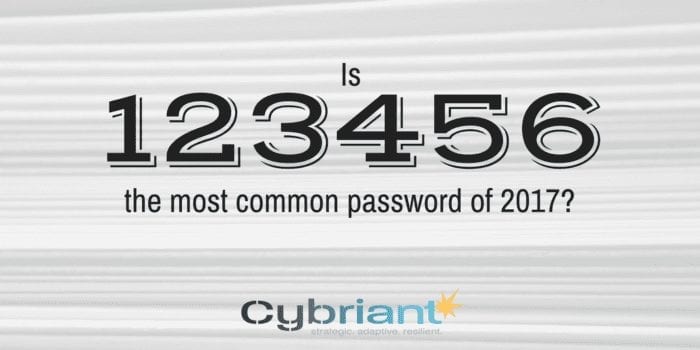
Sadly, the password 123456 has emerged as the most common password for the second year in a row. SplashData, a company that provides various password management utilities, compiles an annual list of common passwords by analyzing over five million user records leaked online in 2017.
Cybersecurity trends 2018: Cyberattacks will continue to surge
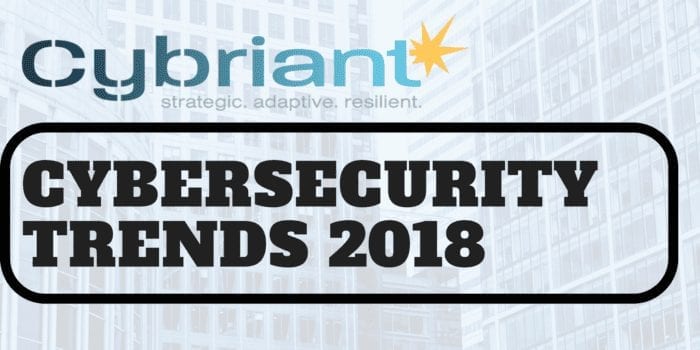
To predict what will happen in 2018, let’s take a look at what happened in 2017. In the first six months of 2017 alone:
There were 918 data breaches which compromised 1.9 billion data records in the first six months of 2017, which is an increase of 164% compared to 2016.
FBI Warning: Hackers don’t stop for the Holidays
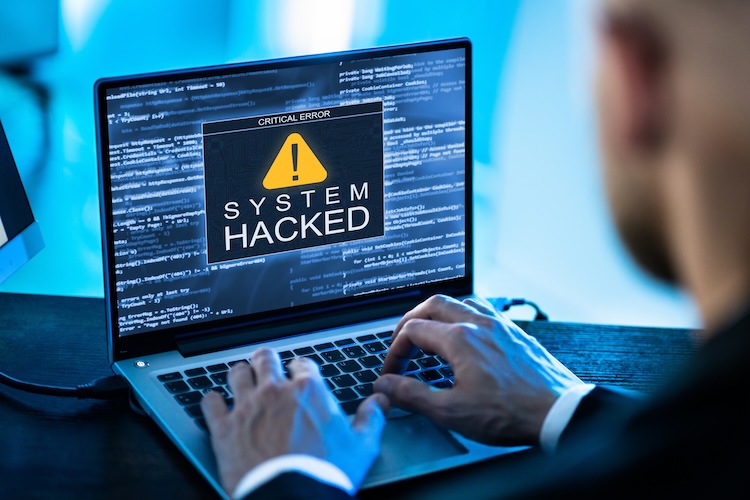
The FBI has released a warning about a fraudulent email scam, just in time for the holidays. According to the release, “The emails claim to be from one of three shipping businesses and claim that a package intended for the email recipient cannot be delivered. The messages include a link that recipients are encouraged to open in order to get an invoice to pick up the package, however, the link connects to a site containing malware that can infect computers and steal the user’s account credentials, log into the accounts to obtain credit card information, additional personal information, and learn about a user’s shipping history for future cyber attacks.
How to Prepare for IPv6 DDoS attack
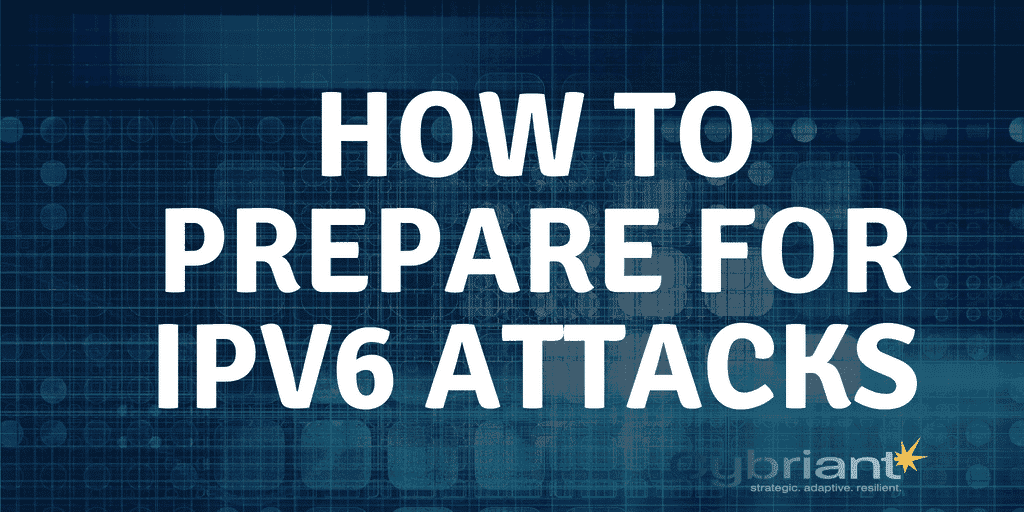
Every device on the Internet is assigned a unique IP address for identification and location definition. With the rapid growth of the Internet after commercialization in the 1990s, it became evident that far more addresses would be needed to connect devices than the IPv4 address space had available.
Utopia DNS Hijacking

If your computer has been performing much slower than usual or think you have a bad modem, you may have been hacked. According to Comcast, utopia.net is part of a DNS hijacking attack. You should check all of your systems for malware, and then make sure your devices are getting their DNS servers set automatically from Comcast or manually.
Feds Remove Kaspersky Software

As you may have heard, the Federal Government is requiring the removal of all Kaspersky software. Federal departments and agencies are required to identify any use or presence of Kaspersky products on their information systems and discontinue present and future use of the products by November 13 and remove the products by December 13. https://www.dhs.gov/news/2017/09/13/dhs-statement-issuance-binding-operational-directive-17-01
Think Beyond the Costs of a Cyberattack

The costs of a security breach extend well beyond the immediate liabilities and remediation expenses:
29 percent of businesses that are breached lose revenue
23 percent of businesses lose new opportunities
22 percent of businesses lose existing customers
Using Machine Learning to Improve Endpoint Security
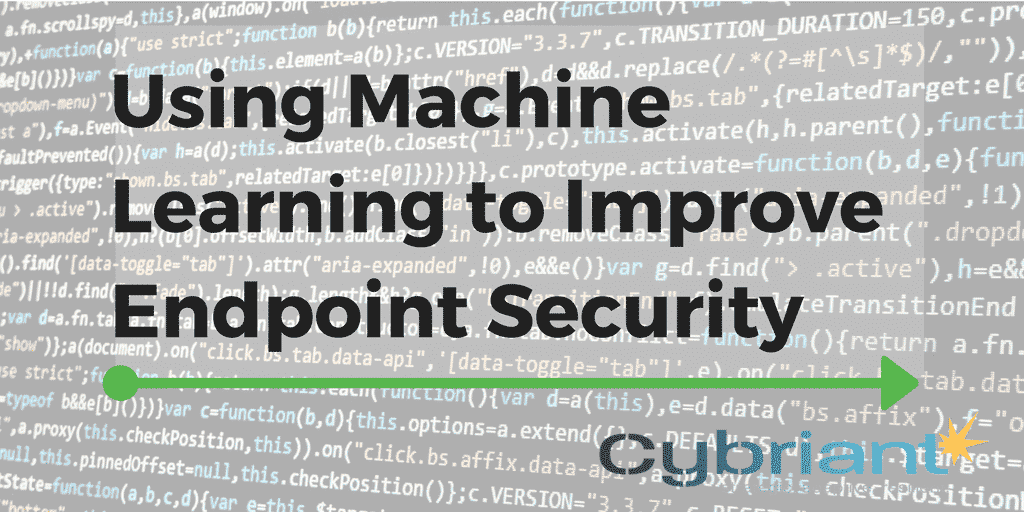
The threat landscape is as dangerous as ever. Machine learning, endpoint security will help improve the security of the most vulnerable devices, endpoints. Learn more about how Machine learning tools can help improve your endpoint security.
The #1 Threat to Your Users
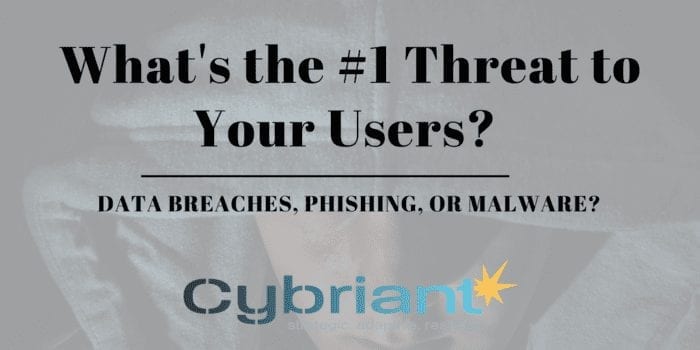
According to a recent study, Google researchers identified 788,000 potential victims of off-the-shelf keyloggers; 12.4 million potential victims of phishing kits; and 1.9 billion usernames and passwords exposed via data breaches and traded on black market forums. Using this dataset, they explored to what degree the stolen passwords—which originate from thousands of online services—enable an attacker to obtain a victim’s valid email credentials—and thus complete control of their online identity due to transitive trust.
Why do you need a Managed Security Service Provider (MSSP)?

MSSPs today offer extremely advanced tools and possess the expertise needed to run them. But, it’s understandable that your company may have some concerns about turning over any security-related functions to an outside provider.
An Enterprise Strategy Group survey reported that 57% of 340 surveyed IT and security professionals reported that they are currently using an MSSP in some capacity to protect their company. The reasons may include the fact that many internal security initiatives struggle to get adequate funding and teams often lack the skills, tools, and people to deploy security programs to their enterprise.
